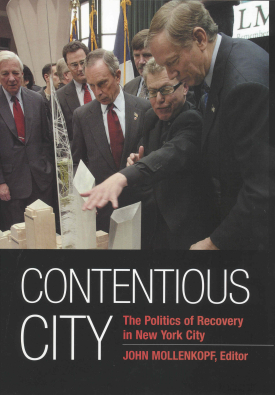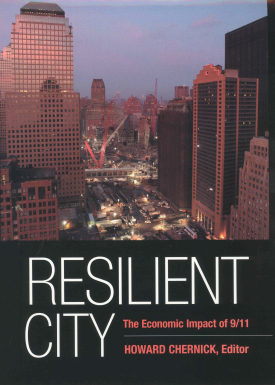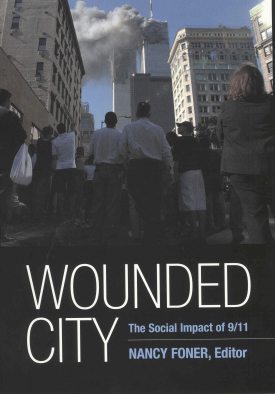
Contentious City
About This Book
Few public projects have ever dealt with economic and emotional issues as large as those surrounding the rebuilding of lower Manhattan following the terrorist attack of September 11, 2001. Picking up the pieces involved substantial challenges: deciding how to memorialize one of America's greatest tragedies, how to balance the legal claim of landowners against the moral claim of survivors who want a say in the future of Ground Zero, and how to rebuild the Trade Center site while preserving the sacredness and solemnity that Americans now attribute to the area. All the while, the governor, the mayor, the Port Authority, and the leaseholder competed with one another to advance their own interests and visions of the redevelopment, while at least leaving the impression that the decisions were the public's to make. In Contentious City, editor John Mollenkopf and a team of leading scholars analyze the wide-ranging political dimensions of the recovery process.
Contentious City takes an in-depth look at the competing interests and demands of the numerous stakeholders who have sought to influence the direction of the recovery process. Lynne Sagalyn addresses the complicated institutional politics behind the rebuilding, which involve a newly formed development commission seeking legitimacy, a two-state transportation agency whose brief venture into land ownership puts it in control of the world's most famous 16 acres of land, and a private business group whose affiliation with the World Trade Center places it squarely in a fight for billions of dollars in insurance funds. Arielle Goldberg profiles five civic associations that sprouted up to voice public opinion about the redevelopment process. While the groups did not gain much leverage over policy outcomes, Goldberg argues that they were influential in steering the agenda of decision-makers and establishing what values would be prioritized in the development plans. James Young, a member of the jury that selected the design for the World Trade Center site memorial, discusses the challenge of trying to simultaneously memorialize a tragic event, while helping those who suffered find renewal and move on with their lives. Editor John Mollenkopf contributes a chapter on how the September 11 terrorist attacks altered the course of politics in New York, and how politicians at the city and state level adapted to the new political climate after 9/11 to win elected office.
Moving forward after the destruction of the Twin Towers was a daunting task, made more difficult by the numerous competing claims on the site, and the varied opinions on how it should be used in the future. Contentious City brings together the voices surrounding this intense debate, and helps make sense of the rival interests vying for control over one of the most controversial urban development programs in history.
JOHN MOLLENKOPF is Distinguished Professor of Political Science and Sociology and director of the Center for Urban Research at the City University of New York Graduate Center.
CONTRIBUTORS: Susan S. Fainstein, Arielle Goldberg, Lorraine C. Minnite, John Mollenkopf, Mitchell L. Moss, Lynne B. Sagalyn, and James E. Young.
A September 11 Initiative Volume


